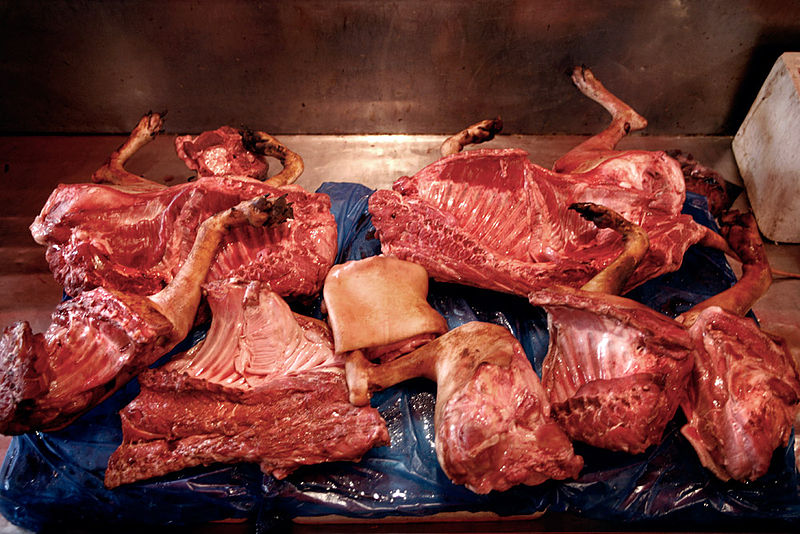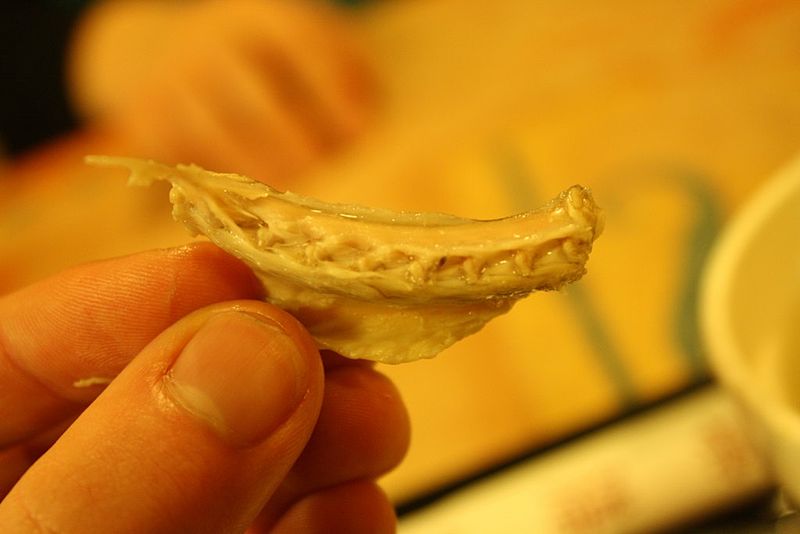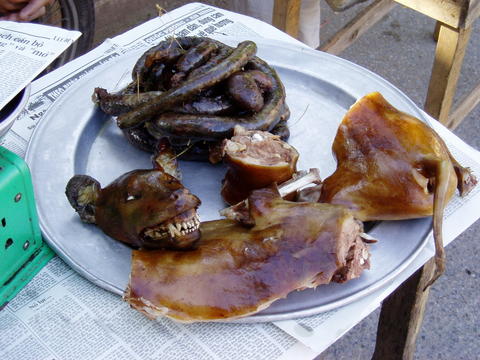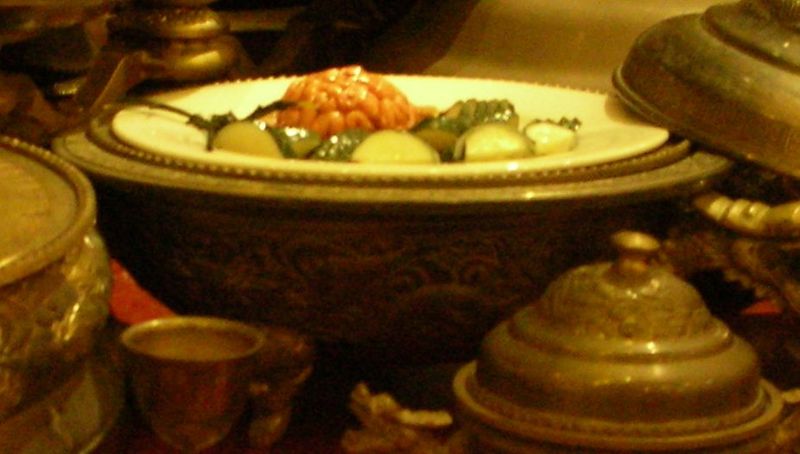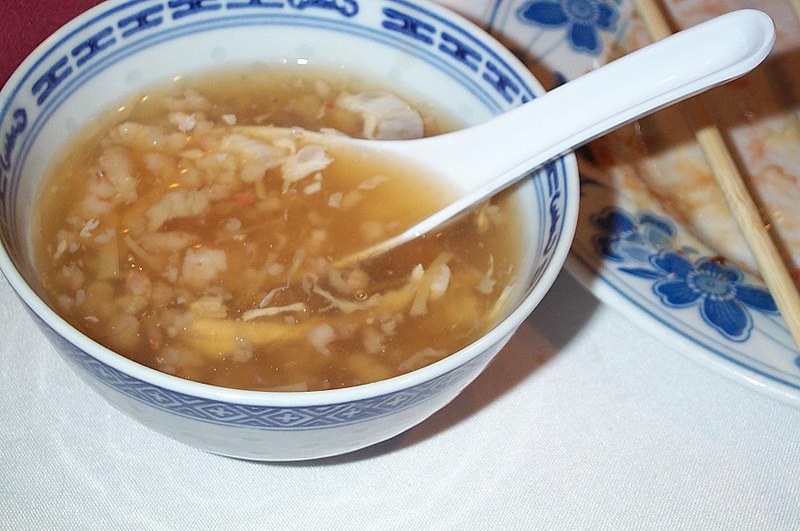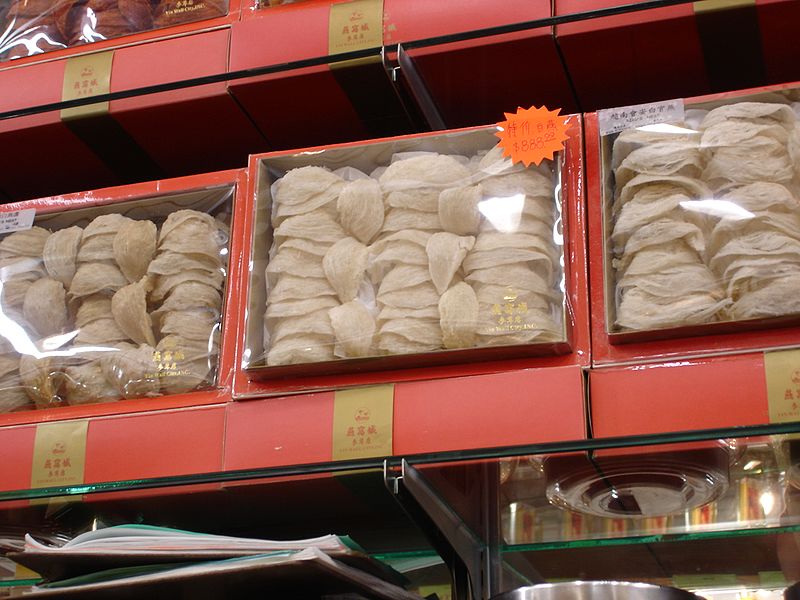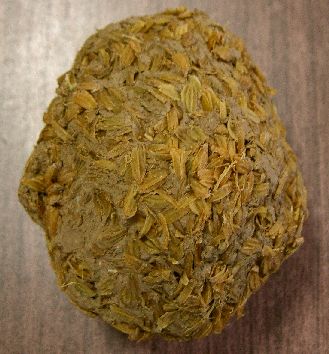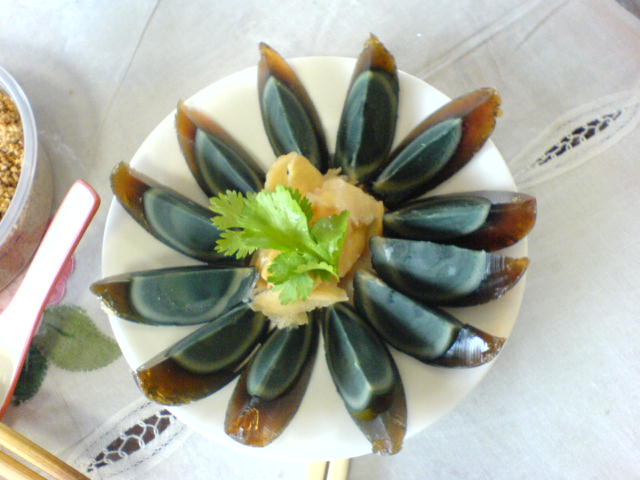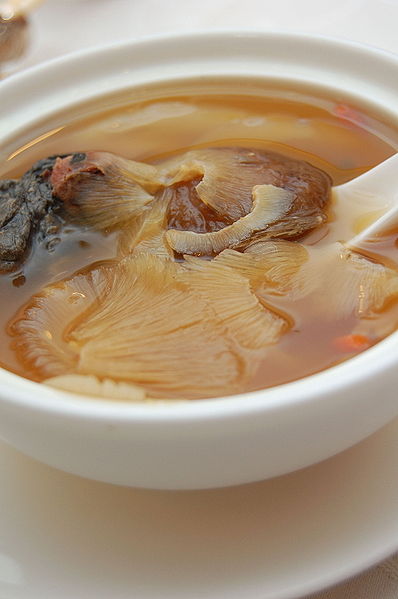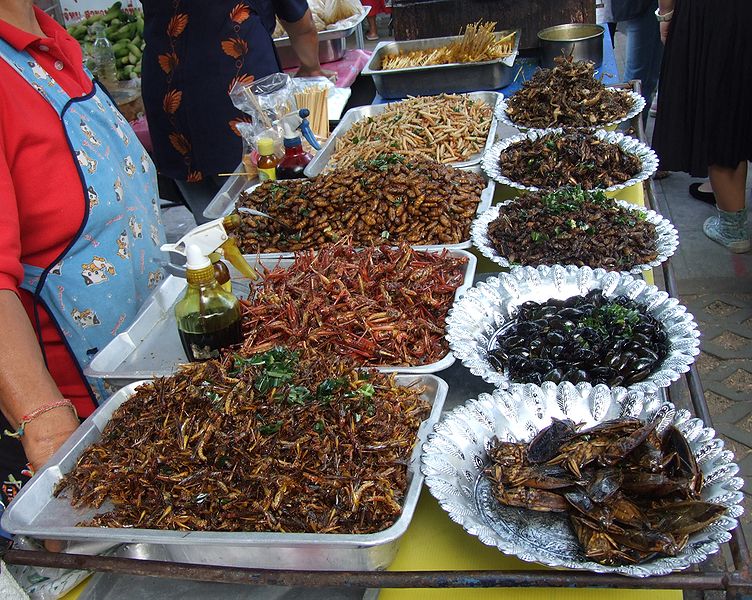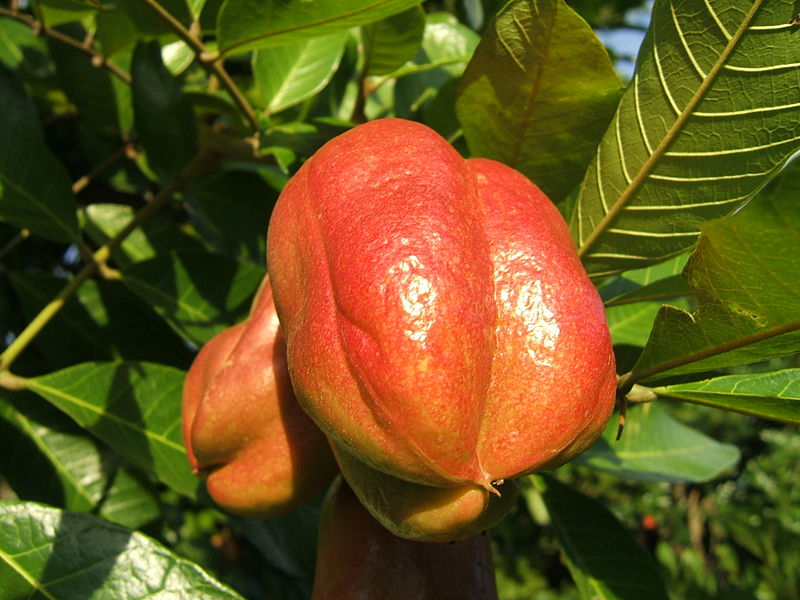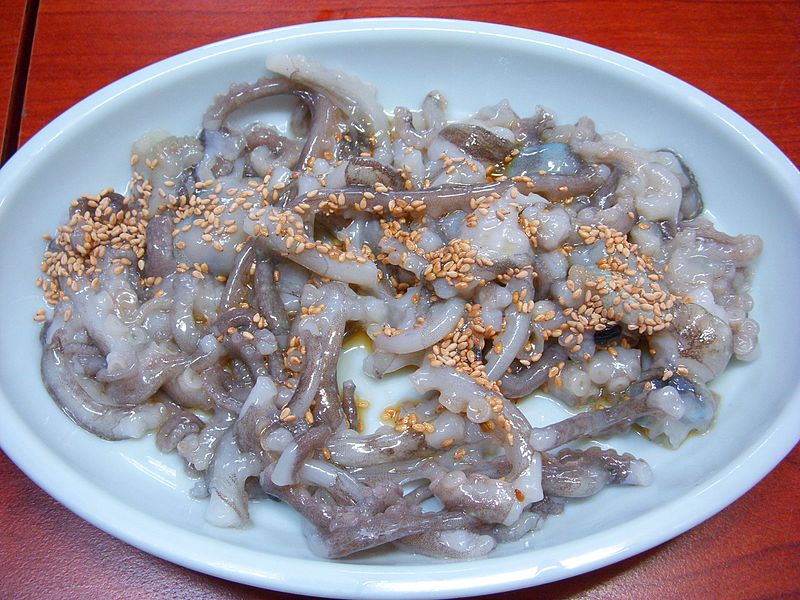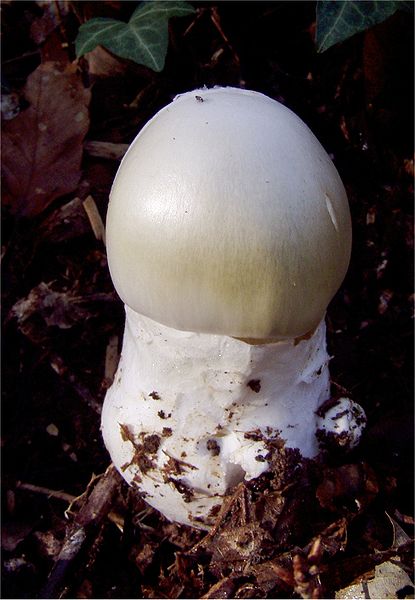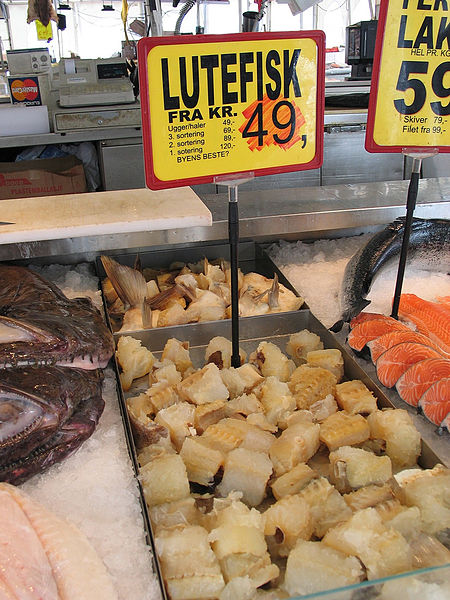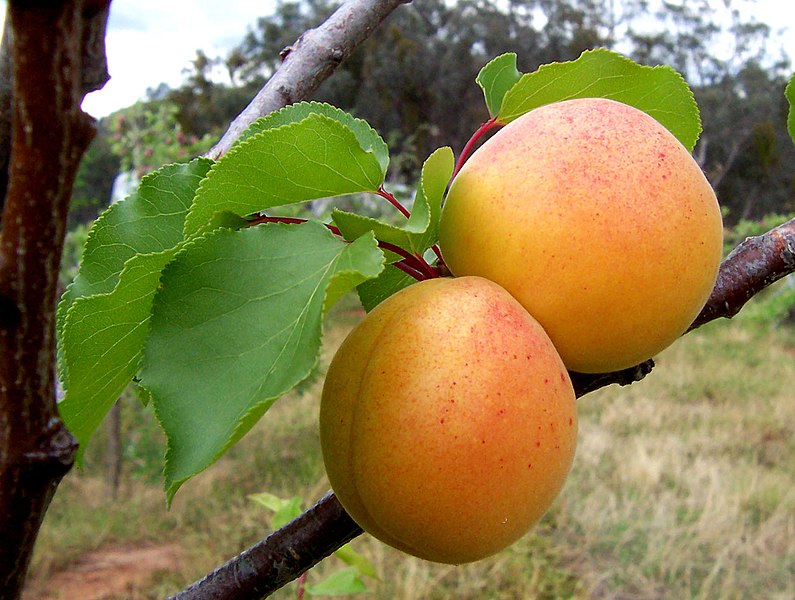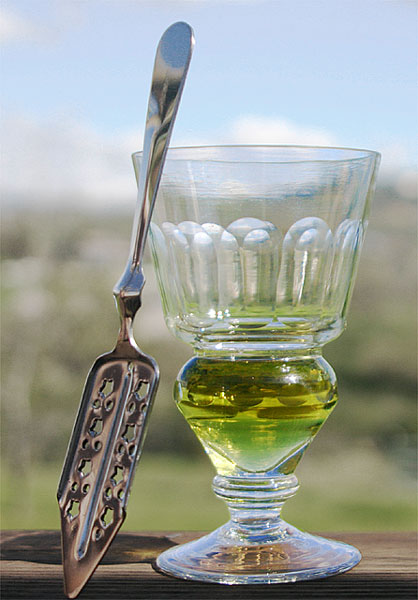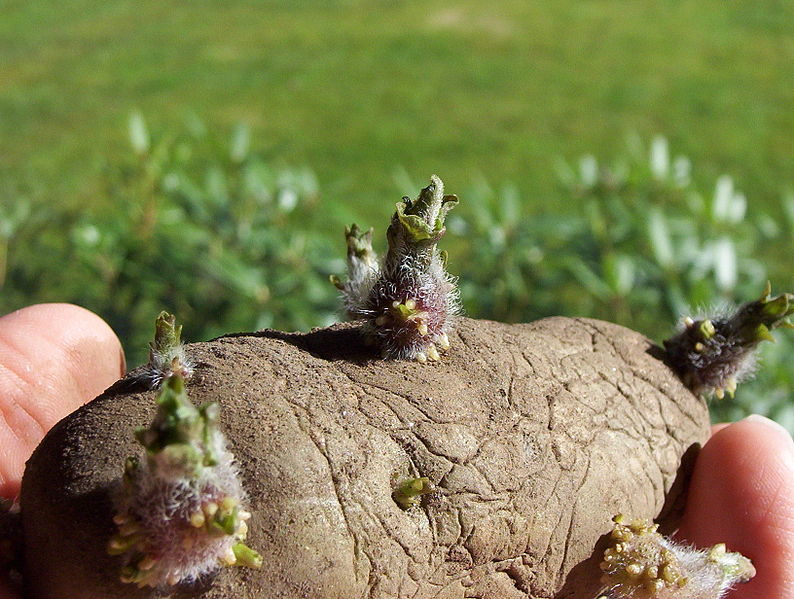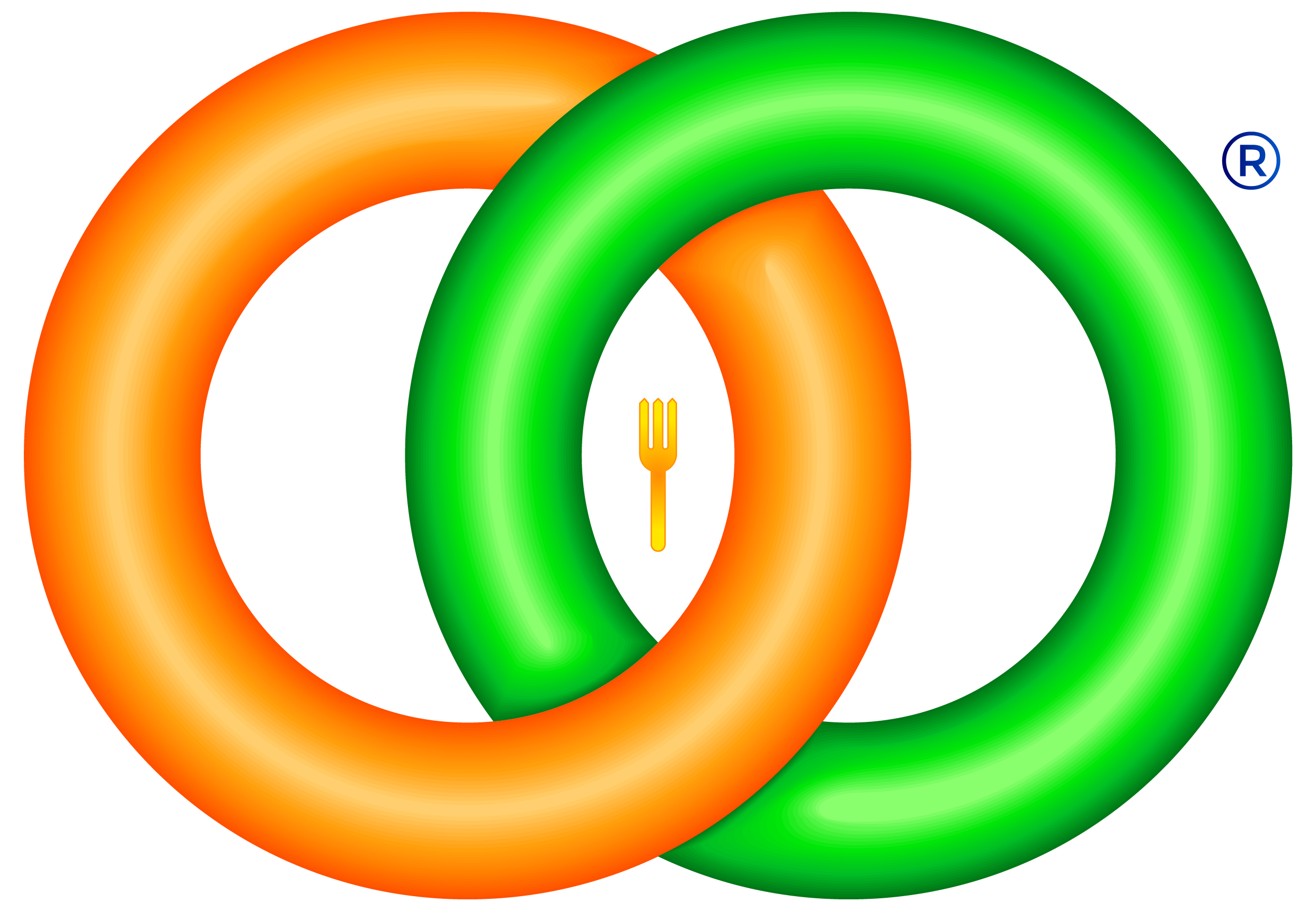Some of the scariest,weird food stuff we came across thought to share among the readers . Most of it you will be thinking as poison ,yes it is poisonous ,chefs require some skills to performthose dishes like Fugu fish from japan they need a separate license to kill and serve
In some cultures, the consumption of snakes is acceptable, or even considered a delicacy, prized for its alleged pharmaceutical effect of warming the heart. Snake soup of Cantonese cuisine is consumed by local people inautumn, to warm up their body. Western cultures document the consumption of snakes under extreme circumstances of hunger.Cooked rattlesnake meat is an exception, which is commonly consumed in parts of the Midwestern United States. In Asian countries such as China, Taiwan, Thailand, Indonesia, Vietnam and Cambodia, drinking the blood of snakes—particularly the cobra—is believed to increase sexual virility. The blood is drained while the cobra is still alive when possible, and is usually mixed with some form of liquor to improve the taste
Dog Meat,south korea,vietnam,china
Dog meat refers to edible parts and the flesh derived from (predominantly domestic)dogs. Human consumption of dog meat has been recorded in many parts of the world, including ancient China, ancient Mexico, and ancient Rome. According to contemporary reports, dog meat is consumed in a variety of countries such as Switzerland, China, Vietnam, the Philippines,and Korea. In addition, dog meat has also been used as survival food in times of war and/or other hardships.
Monkey Brain,china,Indonesia
Monkey brain is a controversial foodstuff, often attributed to the Chinese, but also found in certain other countries. The practice of eating monkey brains has led to over-hunting in Indonesia, especially due to the unfounded belief that eating the monkeys’ brain can cure impotence.
In Western popular culture, the consumption of monkey brains is repeatedly portrayed and debated, often in the context of portraying exotic cultures as exceptionally cruel, callous and strange. It is often portrayed as follows: The brain is eaten cooked the brain is eaten raw (occasionally directly out of the dead monkey’s skull) the brain is eaten fresh, spooned out of the skull while the monkey is still alive.
Bird’s nest soup is a delicacy in Chinese cuisine. A few species of swift, the cave swifts, are renowned for building the saliva nests used to produce the unique texture of this soup.
The edible bird’s nests are among the most expensive animal products consumed by humans. The nests have been used in Chinese cooking for over 400 years, most often as bird’s nest soup.
Century egg, also known as preserved egg, hundred-year egg, thousand-year egg, thousand-year-old egg, and millennium egg, is a Chinese cuisine ingredient made by preserving duck,chicken or quail eggs in a mixture of clay, ash, salt, lime, and rice hulls for several weeks to several months, depending on the method of processing.
Through the process, the yolk becomes a dark green to grey colour, with a creamy consistency and an odor of sulphur and ammonia, while the white becomes a dark brown, translucent jelly with little flavor. The transforming agent in the century egg is its alkaline material, which gradually raises the pH of the egg to around 9, 12, or more during the curing process. This chemical process breaks down some of the complex, flavorless proteins and fats, which produces a variety of smaller flavorful compounds. Some eggs have patterns near the surface of the egg white that are likened to pine branches, and that gives rise to one of its Chinese names, the pine-patterned egg.
Shark fin soup (or shark’s fin soup) is a popular soup item of Chinese cuisine usually served at special occasions such as weddings and banquets, or as a luxury item in Chinese culture.
The shark fins provide texture while the taste comes from the other soup ingredients.There is controversy over the practice of shark finning. Consumption of shark fin soup has risen. Dramatically with the middle class becoming more affluent. Finning is named as a primary contributing factor in the global decline of many shark species. Fishing fleets catch around 70 million sharks a year as of 2010.
Many markets in Thailand feature stalls which sell deep-fried grasshoppers, crickets, bee larvae, silkworm culinary creativity even extends to naming: one tasty larva, which is also known under the name “bamboo worm” is colloquially called “freight train” due to its appearance. Most of the insects taste fairly bland when deep-fried, somewhat like popcorn and prawns. But when deep-fried together with kaffir lime leaves, chilies and garlic, the insects become an excellent snack to go with a drink. In contrast to the bland taste of most of these insects, the maeng da or maelong da na has been described as having a very penetrating taste, similar to that of a very ripe gorgonzola cheese. This giant water bug is famously used in a chili dip called nam phrik maengda. Some insects, such as ant eggs and silk worms, are also eaten boiled in a soup in Isan.
A red, pear-like fruit, the Ackee looks harmless enough and one would assume that, being the national fruit of Jamaica, it would at the very least be edible. Which it is – as long it’s not over ripe. Or under-ripe. Or picked before it has naturally opened to reveal its seeds. Or if it’s not prepared properly. Or if you happen to eat anything other than the flesh surrounding the seeds. So, pretty safe then.
Should you eat the forbidden parts of the fruit, expect a potentially fatal dose of toxins to be released into your body, suppressing your body’s glucose production and causing dangerously low blood sugar levels, a condition defined as ‘Jamaican vomiting sickness’.
Despite all this though, the Ackee still remains a staple in Jamaican diets, renowned for its varied nutritional content and high levels of zinc, essential fatty acids and Vitamin A as well as using its seeds and leaves for medicinal purposes.
Why this so-called ‘food’ falls so often under the heading ‘delicacy’ rather than the vastly more appropriate ‘disgusting’, is beyond me! A traditional soft cheese made from Sardinian sheep milk, the cheese is left to ferment and later decompose, aided by eager cheese-fly larvae. A traditionally Italian creation, characterized by the translucent maggots that burrow through the cheese and suck out the fat, the cheese is renowned for its extra soft texture and ‘tears’ – the liquid that seeps out of its pores.
Of course, there’s nothing quite like downing a trillion tiny maggots with the potential to gnaw through the lining of your gut and intestines, but those with a queasy stomach will be relieved to know that wiping the larvae from the cheese first is acceptable (although apparently not preferred).
Supposedly quite safe as long as the maggots have completely died off, the cheese is typically enjoyed with strong red wine (and, presumably, quite a lot of it). And you’ll be pleased to hear that thanks to loopholes for ‘traditional’ recipes in the European health and safety regulations, this treat is now perfectly legal in Europe.
The infamous Japanese Fugu Pufferfish has long graced the top of ‘deadliest food’ lists and, frankly, it would be rude not to include it here. After all, despite it’s relatively low death rate the tetrodotoxin toxins present in the fish’s skin and organs can paralyze and asphyxiate a human if not prepared correctly, surely an enticing proposition for reckless diners.
Thankfully, Japanese chefs require a license to cook them because the complex procedure of removing the poisonous parts is the only thing drawing the line between delicious and deadly. Probably best to leave this one to the professionals. Oh, and if your lips start tingling, you might want to start scribbling that will out on a napkin.
If the sight of your dinner squirming on your plate isn’t enough to put you off, consider that the suction cups on the tentacles are still active and if not chewed correctly or swallowed quickly, will grip the side of the throat and wedge in your throat where they will, quite possible, choke you to death.Wiping out around six people a year in Korea and surely terrifying many more, Sannakji – a raw, live octopus that is chopped into pieces, seasoned with sesame and chewed down whilst still wriggling – certainly warrants a hefty dose of bravery to tackle it.
Silverstripe Blaasop, Mediterranean
Although a limited number of cases of Silverstripe Blaasop-related deaths have been reported, this exotic black-spotted fish is known to be extremely toxic and can cause fatal paralysis or major circulation problems in humans.
Hailing from the Indian Ocean, the Blaasop can grow up to a meter in length and is considered a delicacy in some Mediterranean and Middle Eastern areas. Relatively safe to consume as long as the toxic liver, skin and organs are completely removed – a process best left to the experts – it’s still listed as a ‘high-fatality risk’ food by marine experts. If you do fancy risking your life in the name of gastronomy, you’ll have to scour the fishing villages of the Mediterranean to find it – it’s illegal in most western countries.
Death Cap Mushroom, Worldwide
There are several different poisonous mushrooms that have the capacity to kill a human, but the ominously named Death Cap certainly tops the fungi watch-list – a cunning killer that attacks human cells, destroys DNA and leads to a slow, torturous death.
If there were ever a better advertisement for avoiding wild mushrooms, consider this: the poisons in just one mushroom would be enough to kill a healthy adult, and even less for a child. Primary symptoms can start as long as 12 hours or more after consumption, with crippling stomach cramps, vomiting and diarrhea that lasts for around 3 days. But here’s the really evil part – this is followed by an apparent few days or more of ‘recovery’ where the patient may be convinced that they are in fact getting better. Don’t be fooled – next comes the terminal stage – more vomiting, jaundice, coma, kidney and liver failure, and finally, death. Recovery, except with very early medical intervention, is sadly unlikely.
Lutefisk, Norway
A Nordic specialty still enjoyed today throughout Norway, Sweden and parts of Finland, the Lutefisk (literally ‘lye fish’) is, as its name suggests, fish soaked in lye (caustic soda).
Typically made with dried or salted white fish (often cod or ling), the fish is soaked in water and lye for a few days until it swells up and takes on a gelatinous, jelly-like consistency. By this point it has a caustic pH value of 11 or 12 and is therefore inedible and highly toxic. Adventurous foodies needn’t despair though – a few more days of treatment and water soaking renders the fish safe for human consumption – assuming it’s undertaken correctly that is.
The lye content will still ruin silverware and leave irremovable residue on pans or plates (unless cleaned immediately) and that’s not to mention the strong, unpleasant smell or soap-like taste. Sound good? It does to the thousands of Scandinavians and mid-western Americans that serve up this treat for Christmas each year.
Escamoles, Mexico
| This innocent-looking dish is famed for its buttery, slightly nutty, melt-in-the-mouth taste, but appearances can be deceiving – Escamoles are in fact the larvae of ants. This eloquently named ‘insect caviar’ is typically served up in Mexico, most commonly mixed into a hot salsa sauce or loaded with guacamole into a taco. |
Luckily for the eater these are actually more dangerous to those harvesting them than those chomping down on the results. Harvested from the roots of the agave or maguey plants in Mexico (the same plants that give us Tequila and Mezcal), the eggs are taken from the nests of highly poisonous giant black Liometopum ants, who strangely enough aren’t too happy about offering up their young as taco-filling. Digging up to 2 feet down to locate the nests, the egg hunters are relentlessly attacked by swarms of thousands of biting ants. Apparently, the technique is to get naked (to avoid ants hiding in the clothing) then smear your body with pork fat in order to protect from the ant bites. So next time you’re tucking into an ant-larvae tortilla, spare a thought for the poor guys who caught the blighters.
Apricots, Worldwide
It’s actually just the stones that are toxic and it would take a substantial helping to be fatal (although deaths have been reported in Turkey) but if you needed a reason to avoid munching through the whole fruit then read on. The cyanogentic glycosides contained in the seeds release hydrogen cyanide gas upon ingestion. Yes, cyanide. And it’s found in numerous other fruits – cherries, apples, plums, peaches and even almonds. There has never been a better reason to say no to your 5-a-day.
Absinthe, Europe
Admittedly a liquid rather than a food but worth mentioning for the sheer breadth of its havoc. Invariably blamed for everything from tuberculosis to psychosis and even epilepsy, Absinthe has also earned itself a reputation for turning men into monsters and has gone down in history as the apparent catalyst for suicide, murders and social disorder.
Derived from a mixture of woodworm (in which the toxic chemical thujone is present), sweet fennel and sweet anise, the potent concoction is not only highly alcoholic but found to be an addictive hallucinogen and psychoactive drug. The spirit contains a high-proof of alcohol and is typically diluted with water and sugar before consumption, either by placing the sugar on a slotted spoon above the glass and pouring water over it or by dosing the sugar in alcohol and setting it alight.
Although once widely banned across the US and much of Europe, absinthe has made a bit of a comeback in recent years, albeit subjected to importation regulations.
Giant Bullfrog, Namibia
The toxic giant bullfrog is a delicacy in its native Namibia, where it is consumed whole, with the exception of its organs. Bizarrely, the bullfrog can only be eaten at specific times of the year – after the third rain – and crucially, only once ‘mature’ (signaled by the onset of croaking and the ability to breed) otherwise side effects can include kidney failure or a burning and inflamed urethra. Questionable anti-poisoning methods are often employed – lining the cooking pots with neutralizing wood or cutting off the frog’s toes before cooking – although with no scientific studies to back these methods up, it’s unsure of how reliable they are.
Potatoes, global
Can you believe the humble potato could wreak such havoc on the digestive system that it can cause death by potato poisoning. With side effects including weakness, confusion and ultimately death, the poisoning results from the high concentration of toxins found in the leaves and stems. Before you pass up on that order of chips, you’ll be relieved to know that it’s a pretty rare occurrence and you are only at risk if you plan on eating rotten potatoes coated in toxic green fur .
